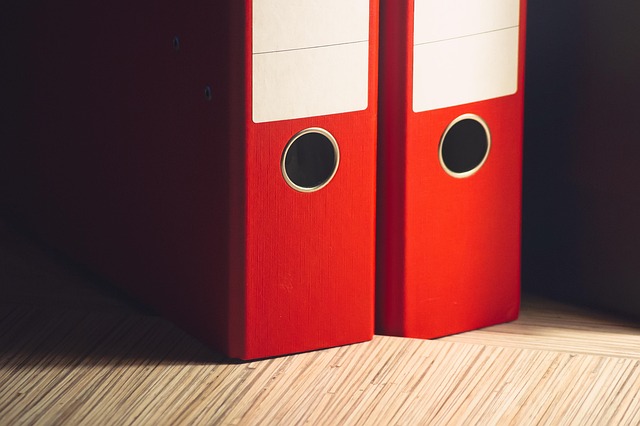In the world of photography, every captured moment tells a story. However, much of this story lies beyond the image itself, waiting to be unveiled through the art of metadata. Metadata serves as the silent companion to your photographs, subtly enriching your images with valuable context and insights. Understanding how to harness its power can greatly enhance your photography composition and overall storytelling.
When you take a photo, your camera records essential details about that moment. These details encompass everything from exposure settings to camera type, and even the geographic location where the photo was taken. This wealth of information is what we refer to as metadata. As a photographer, tapping into this resource can elevate your work, providing a blueprint for improvement and inspiration.
Consider the optical choices you make while composing your shot. The lens you select, the aperture setting you use, and the shutter speed you decide on all contribute significantly to the final image. By examining the metadata associated with your photos, you can identify which settings consistently yield the best results for your particular style. This self-reflection through analysis deepens your understanding of photography composition.
Furthermore, metadata can reveal trends that may go unnoticed at first glance. Are your urban shots more vibrant when shot at dusk with a wide-angle lens? Does a telephoto lens work better for capturing intimate portraits in natural light? By systematically reviewing the metadata from your portfolio, you uncover patterns that inform your future endeavors.
Additionally, metadata plays a crucial role in organizing and cataloging your work. As your body of photographs grows, keeping track of the settings and contexts becomes increasingly important. With effective metadata management, you can not only find your images easily but also understand the journey of your photographic growth over time. Imagine flipping through a digital album where each photo not only stuns visually but also tells you about the conditions in which it was created, guiding you on your path as an artist.
As you delve deeper into your photography practice, think about incorporating metadata into your workflow religiously. Utilize software that allows you to add keywords and descriptions, making your images easily searchable. By doing so, you engage with your past works in a meaningful way, allowing the photos to work as a teaching tool for your upcoming projects.
Moreover, sharing metadata enhances collaboration and engagement within the photography community. When you post your images online, providing metadata can help others learn from your techniques. Whether you’re sharing the specifics of the settings used or the storytelling elements behind an image, your insights can inspire and educate fellow photographers. A photograph often sparks dialogue, and metadata allows that conversation to flourish.
In summary, metadata is more than just technical data; it’s a potent tool that can enrich your photography composition. By understanding and embracing the power of metadata, you unlock a new dimension of your work. So, the next time you click that shutter, remember that the story doesn’t end with the photograph itself. It continues in the details captured within the metadata, waiting for you to explore and transform into your next masterpiece.



